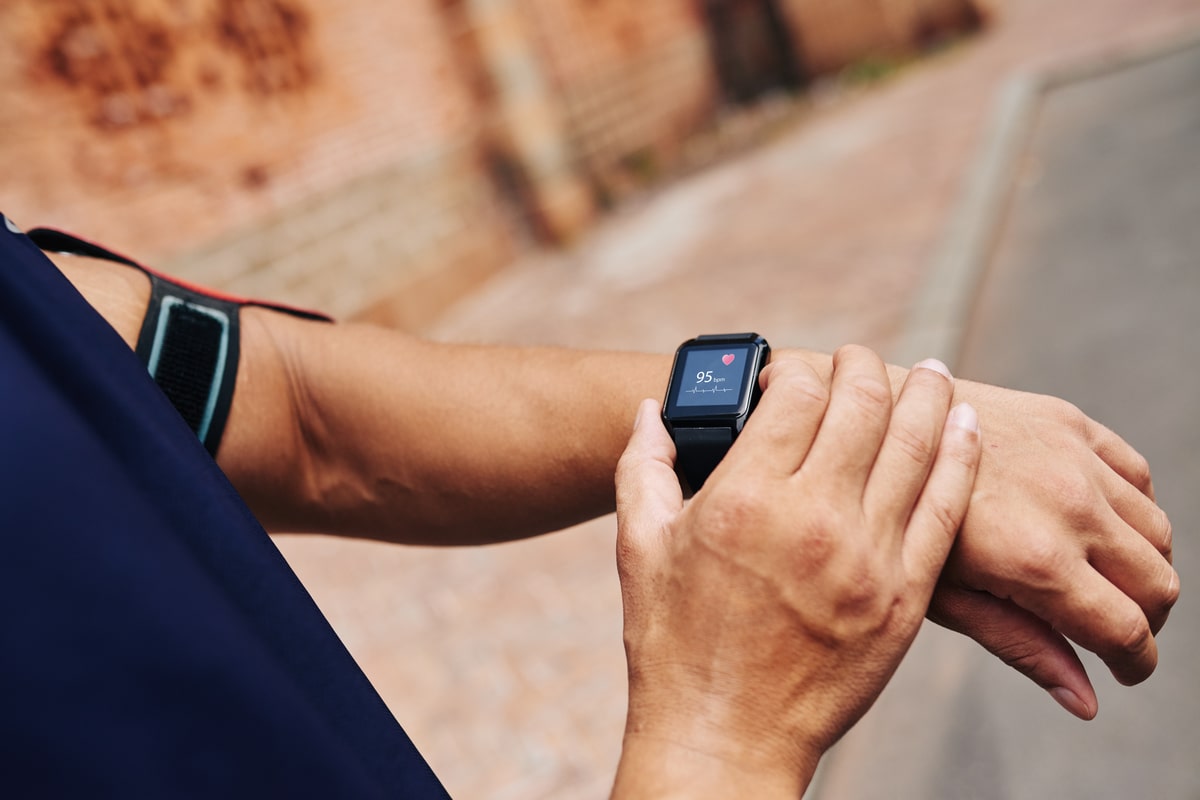1
HOME > Health & Fitness >
5 TIPS ON COUNTING CALORIES TO LOSE WEIGHT
Written by Menswear Style in Health & Fitness on the 15th October 2021

If you want to lose weight, one way to solve this problem is by burning calories. Calorie counting is one of the best and most common suggestions used by experts for weight loss. This may sound easier said than done but counting calories and managing your food intake can be quite challenging. It also requires a lot of hard work, patience, and perseverance. Calories are often used for measuring the energy content of beverages and foods, which can also be found on food labels. When the calories consumed are not burned during exercise or any physical activity, they are converted into stored fat. As a result, they make you gain weight.
Aside from eating fewer calories through a healthy diet, it’s also important to consider changing your other lifestyle habits such as your sleep and exercise. Weight loss cannot be achieved overnight. After all, it’s a process. Here we've gathered five tips on counting calories to lose weight. Following these tips can help you achieve your weight loss goals faster. We’ve also cited credible sources for more information. If you’re interested to know more about the 5 tips on counting calories to lose weight, keep reading.

5 Tips on Counting Calories to Lose Weight
1. Use a TDEE calculator
One tip on counting your calories for weight loss is to use an app or a tool such as the TDEE calculator. This tool allows you to determine your Total Daily Energy Expenditure (TDEE) or how many calories you burn each day. This calculator also takes your vital metrics into accounts such as your age, gender, weight, height, and activity level. If you want to improve the accuracy of your results we suggest you use your body fat percentage.
2. Weigh and measure your food portions
One of the most common ways to count your calories is by measuring and weighing your meals into portions. This technique allows you to have limited consumption, which will help you with your weight loss goals. Some restaurants include large servings or portion sizes for an affordable price. A single meal can offer more than what the average person needs. This is often called "portion distortion" where one person sees large servings as a norm. As a result, they gain more weight. By measuring or estimating how much you eat, you can beat overeating. You will also get a better understanding of how much you devour. Here is an in-depth piece on measuring and estimating your portion sizes. Some tools you can utilise to track your portions correctly are scales and measuring cups. Using a scale gives you an accurate measurement. However, it can be time-consuming as well. If you prefer a more practical tool to count your calories, go for measuring cups.

3. Read food labels
Reading food labels is another way to count your calories for weight loss. This can be done when you do your groceries or at the comfort of your home. Food labels consist of lots of useful information, such as measurements or portion sizes of different ingredients. Some brands and manufacturers like to trick their consumers by misleading them. So, it’s best to learn how to read food labels. Food labels can be complex. Some packages may contain health claims on the front, but they're not always true. Instead, study the ingredients list and the quantity. Another rule of thumb is to read the first three ingredients, which make up the largest part of what you're eating.
4. Keep a food diary
Another way to count your calories and track your weight loss journey is by keeping a food diary. It's also useful for writing down your physical activity as well, such as types of exercises, date, and time of doing it. Many fitness enthusiasts have also claimed that keeping a food journal is an excellent way to count your calories. If you have more time, you can also write about how many calories you burned during a particular workout. If you're not familiar with how to keep a diary, here are a few examples of prompts and templates to track your meals.

5. Monitor your exercise with a smartwatch
Thanks to technology, we can now have access to everything at our fingertips. Advancements are now being integrated into timepieces. Many brands have also invented calorie counting smartwatches for individuals who want a more convenient way to track their weight loss journey. A smartwatch is also a good investment if you are serious about losing a few pounds and maintaining a healthier lifestyle. Smartwatches have the same intention as weight loss apps and body fat charts: to help you lose and maintain your weight. Not only do they count your calories, but they also track your heart rate and sleep. However, some smartwatches come with a hefty price, especially those from well-known brands. So, if you're on a budget, it's okay to find more affordable solutions. It’s also best to choose a fitness tracker aimed at weight watchers.
One way to lose weight is to burn calories. Calorie counting may seem like a challenging task, but these tips will help you track your weight loss goals and become the healthiest version of yourself. Aside from having a well-balanced diet, it’s also important to consider other lifestyle factors such as getting regular sleep and exercise. Above all, it all comes down to weight management and eating fewer calories to lose a few pounds.
Trending
2
3
4
5
6
7
8
9
10









